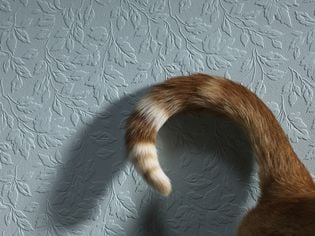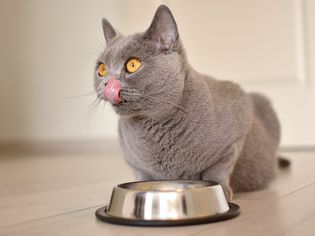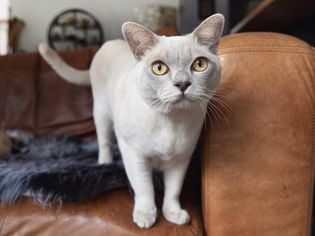
Managing more than one pet bird can bring double the joy—but also potential conflicts. After twelve years in an avian sanctuary where mixed‑species flocks thrive, I’ll guide you through structured introductions, territory management, and ongoing social enrichment to keep your feathered family safe and cohesive.
Understanding Avian Social Dynamics
Species Temperament: Cockatiels are socially tolerant, while Eclectus parrots may be more territorial.
Individual Personality: Age, background, and past trauma influence sociability.
Resource Guarding: Food, perches, and toys can trigger aggression if not managed.
Step‑by‑Step Introduction Protocol
1. Quarantine & Health Clearance
Isolate new arrivals for 30 days; screen for psittacosis and mites to protect resident birds.
2. Scent & Sound Familiarization
Swap cage liners and place cages in adjacent rooms so birds hear and smell each other before seeing.
3. Visual Introduction
Position cages side‑by‑side at eye height; observe reactions for 3–5 days before next step.
4. Shared Space Neutral Territory
Use a separate play stand or aviary—unfamiliar territory reduces territorial defense.
Supervise initial meetings; be ready to separate at first sign of aggression.
5. Gradual Integration
Increase supervised out‑of‑cage time together, starting with 10 minutes and adding 5 minutes daily.
Minimize resources: provide multiple identical feeding stations and perches.
Ongoing Harmony Maintenance
Environmental Enrichment: Rotate toys and perches weekly to prevent resource fixation.
Parallel Training Sessions: Work one‑on‑one with each bird daily to reinforce positive behaviors.
Observe Hierarchies: Some flock peck orders form naturally; intervene only if chasing escalates to injury.
Troubleshooting Common Conflicts
Persistent Aggression: Separate permanently or seek an avian behaviorist’s custom protocol.
Feather Plucking from Stress: Increase hiding spots and lower cage height to provide retreat.
Food Guarding: Hand‑feed both birds simultaneously in separate bowls to build trust.
Conclusion
Through careful quarantine, stepwise introductions, and vigilant resource management, you can create a peaceful multi‑bird household. With consistent enrichment and respect for each bird’s personality, your flock will flourish together—chattering, preening, and singing in harmony.









Comments on " Safe Socialization Practices for Multiple Pet Birds" :